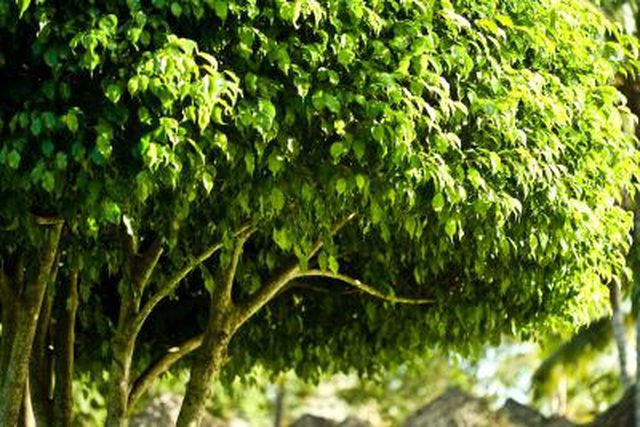Bulbs
Flower Basics
Flower Beds & Specialty Gardens
Flower Garden
Garden Furniture
Garden Gnomes
Garden Seeds
Garden Sheds
Garden Statues
Garden Tools & Supplies
Gardening Basics
Green & Organic
Groundcovers & Vines
Growing Annuals
Growing Basil
Growing Beans
Growing Berries
Growing Blueberries
Growing Cactus
Growing Corn
Growing Cotton
Growing Edibles
Growing Flowers
Growing Garlic
Growing Grapes
Growing Grass
Growing Herbs
Growing Jasmine
Growing Mint
Growing Mushrooms
Orchids
Growing Peanuts
Growing Perennials
Growing Plants
Growing Rosemary
Growing Roses
Growing Strawberries
Growing Sunflowers
Growing Thyme
Growing Tomatoes
Growing Tulips
Growing Vegetables
Herb Basics
Herb Garden
Indoor Growing
Landscaping Basics
Landscaping Patios
Landscaping Plants
Landscaping Shrubs
Landscaping Trees
Landscaping Walks & Pathways
Lawn Basics
Lawn Maintenance
Lawn Mowers
Lawn Ornaments
Lawn Planting
Lawn Tools
Outdoor Growing
Overall Landscape Planning
Pests, Weeds & Problems
Plant Basics
Rock Garden
Rose Garden
Shrubs
Soil
Specialty Gardens
Trees
Vegetable Garden
Yard Maintenance
How to Plant & Care for a Black Mission Fig Tree
How to Plant & Care for a Black Mission Fig Tree. Black mission fig trees, also known as Franciscana figs, are one of approximately 800 varieties of figs grown worldwide. Figs, all of which belong to the genus ficus, are divided into light-colored--green and yellow--figs and dark figs. Mission figs fall into the latter category. The mission fig...

Black mission fig trees, also known as Franciscana figs, are one of approximately 800 varieties of figs grown worldwide. Figs, all of which belong to the genus ficus, are divided into light-colored--green and yellow--figs and dark figs. Mission figs fall into the latter category. The mission fig is native to Spain and grows particularly well in many parts of the United States including southern California and desert areas of the Southwest. Although black mission figs are also grown in the southeastern United States, they are less hardy in that region.
Things You'll Need
Spade
Peat or compost
Fertilizer
Soil test kit
Lime
Bypass pruning shears
Plant black mission figs in climates that are Mediterranean in nature--those that have hot, dry summers and cool, wet winters. If average winter temperatures where you live tend to fall below 15 degrees F, your area is too cool for successful fruit production. In such areas, grow fig trees in containers and be sure there is room to allow them to overwinter indoors. The best time to plant fig trees is early spring at the end of their dormancy period. Choose a location with full sun and ample distance from other hardy plants. Dig a hole at least 6 inches deeper and 1 foot wider than the root ball. Figs need good drainage, so amend the soil with equal parts of peat or other organic materials. Return enough amended material to the center of the planting hole so that the tree will be set about 4 inches below the level at which it was grown in the nursery. Back-fill your planting hole, tamp lightly and water your newly planted black mission fig tree well.
Fertilize your figs infrequently if at all. Black mission figs require little fertilization as long as they are growing at least 1 foot per year. If you do fertilize, use a balanced formula such as 8-8-8 and apply it according to package directions early in the growing season. Fertilizing too late in the season can subject fig trees to frost damage. Water your fig trees at least every five to eight days during the growing season, being careful not to over-water since the roots of fig trees do not tolerate standing water. Use a commercial test kit to determine the pH of your soil. Fig trees prefer a pH of about 6 to 6.5. If your soil is more acidic than that, add lime according to the directions on your soil test kit.
Train your young black mission figs into bush form, especially if you live in the South where training figs into tree form--plants with a single leader or trunk--can make them more vulnerable to winter conditions. The Alabama Extension Service recommends that southern growers select three to eight healthy shoots to serve as leaders for growing figs in bush form. The shoots should be well-spaced to prevent crowding when the leaders eventually grow to 3 or 4 inches in diameter. Use sharp, sterile bypass pruning shears to cut away competing shoots. If you prefer to train your black mission fig to tree form, select a single strong leader or upward growing shoot and trim away the rest. As side branches develop, choose four to six of the strongest that are growing in an upward spiral or spoke pattern around the leader. These will serve as the scaffold of the tree which will branch out and support the crown. After the initial pruning--whether to tree form or bush form--annual pruning should only be needed to cut away dead wood or to remove branches growing in the wrong direction, or that are rubbing against other branches.
Tips & Warnings
While some fig varieties are not suitable for drying, mission figs can be enjoyed fresh, dried or canned.
Plant fig trees away from patios and walkways since dropped and decaying figs might otherwise litter these areas.